A wombat is a small, stout marsupial from Australia that looks a bit like a teddy bear but with a sturdier, more compact body. They have short, muscular legs and thick fur, which helps them stay warm in their underground burrows. Their faces are kind of flat, with big noses and small eyes, and they have big, strong claws that help them dig.
Wombats are nocturnal, meaning they’re active at night, and they spend most of their time digging and living in burrows that they create with their powerful claws. They mostly eat grasses, roots, and bark, and they have a slow metabolism, so they don’t need to eat a lot.
Scientific Classification
-
Kingdom: Animalia
-
Phylum: Chordata
-
Class: Mammalia
-
Infraclass: Marsupialia
-
Order: Diprotodontia
-
Family: Vombatidae
-
Genera: Vombatus and Lasiorhinus
Wombats are marsupials, which means females carry their babies in a pouch, just like kangaroos and koalas.
Common Names
-
English: Wombat
-
In Aboriginal languages:
-
Wambad (Darug people, NSW)
-
Wambaj (Yuin people)
-
-
In Yoruba: Eranko diggeri (burrowing animal)
-
In Hausa: Beran kasa (earth bear)
Geographic Distribution
Wombats are native to Australia, mostly found in:
-
Forests and woodlands
-
Mountains and coastal areas
-
Grasslands and scrublands
They are nocturnal and spend most of the day hiding in deep underground burrows.
Physical Characteristics
-
Length: 80–120 cm
-
Weight: 20–40 kg (up to 50 kg for large males)
-
Color: Grey, brown, or sandy
-
Body: Stocky and muscular
-
Claws: Sharp and powerful for digging
-
Pouch: Faces backward, so dirt doesn’t get in while digging
-
Teeth: Keep growing like a rodent’s, perfect for chewing tough plants
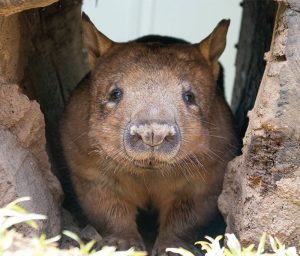 Image showing a wombat emerging from its burrow ,with a round face and sturdy frame (Source: Nature Park)
Image showing a wombat emerging from its burrow ,with a round face and sturdy frame (Source: Nature Park)
Major species of Wombats
There are three living species of wombats:
1. Common Wombat (Vombatus ursinus)
-
Found in southeastern Australia and Tasmania
-
Bare nose (unlike hairy-nosed cousins)
-
Solitary, quiet, and loves digging deep burrows
 Image showing a common wombat chewing grass with joey in a misty field (Source: Shutterstock)
Image showing a common wombat chewing grass with joey in a misty field (Source: Shutterstock)
2. Southern Hairy-Nosed Wombat (Lasiorhinus latifrons)
-
Found in South Australia
-
Has a broad, hairy nose and softer fur
-
Lives in large burrow systems called “warrens”
 Image showing hairy-nosed wombat near its burrow entrance(Source: Animalia)
Image showing hairy-nosed wombat near its burrow entrance(Source: Animalia)
3. Northern Hairy-Nosed Wombat (Lasiorhinus krefftii)
-
Critically endangered — fewer than 300 left
-
Found only in a small protected area in Queensland
-
Larger than other wombats
-
Conservation programs are helping them slowly recover
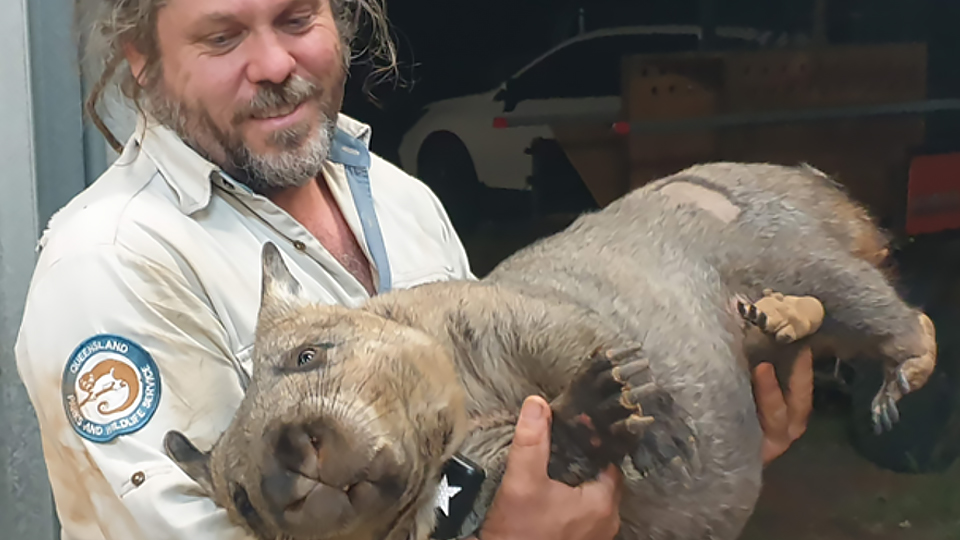 Image showing a man holding a northern hairy-nosed wombat with tracking collar as part of conservation effort (Source: Glencore Australia).
Image showing a man holding a northern hairy-nosed wombat with tracking collar as part of conservation effort (Source: Glencore Australia).
Diet and Feeding
Wombats are herbivores, feeding mostly at night on:
-
Grasses
-
Roots
-
Bark
-
Tubers
-
Herbs
They have strong jaws and continuously growing teeth, ideal for chewing tough vegetation.
Burrowing Experts
Wombats are super diggers, their powerful limbs and claws let them create burrows over 30 meters long.
-
Burrows stay cool and safe, protecting them from predators and harsh weather
-
Some burrows are shared with other animals like reptiles or even wallabies
Life cycle & Pouch life
-
A mother wombat gives birth to one joey at a time
-
The joey stays in the backward-facing pouch for 5–6 months
-
After leaving the pouch, it still stays close to mom for many more months
Fun facts about Wombats
-
Wombats have cube-shaped poop , yes, square. It helps mark territory and doesn’t roll away
-
They can run up to 40 km/h for short bursts if threatened
-
Their thick-skinned rump is used for defense, if attacked in a burrow, they block the entrance with their behind
-
Wombats are generally calm and shy, but can become aggressive if cornered
Threats to Wombats
-
Habitat loss from farming, mining, and construction
-
Road accidents, wombats often get hit by cars at night
-
Diseases like mange can devastate populations
-
Droughts and fires also reduce food availability and shelter
Conservation Status
-
Common Wombat: Least Concern, but declining in some areas
-
Southern Hairy-Nosed: Near Threatened
-
Northern Hairy-Nosed: Critically Endangered
Efforts include:
-
Habitat protection
-
Wildlife crossings under roads
-
Anti-poaching patrols
-
Disease monitoring
-
Breeding and reintroduction programs
Wombat vs Badger
| Feature | Wombat (Australia) | Badger (Europe, Asia, America) |
|---|---|---|
| Class | Marsupial | Placental mammal |
| Pouch | Yes (backward) | No |
| Diet | Herbivore | Omnivore |
| Burrow Use | Lives mostly in burrows | Uses burrows for shelter |
| Defense | Thick rump and fast sprint | Sharp claws and teeth |
If you want to learn more about marsupials, wildlife conservation, or animal rescue, you can reach out to us at Doctor Hulk Veterinary Hospital or call us through 08143397614.









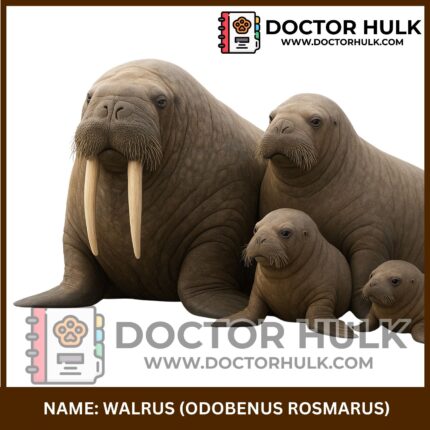
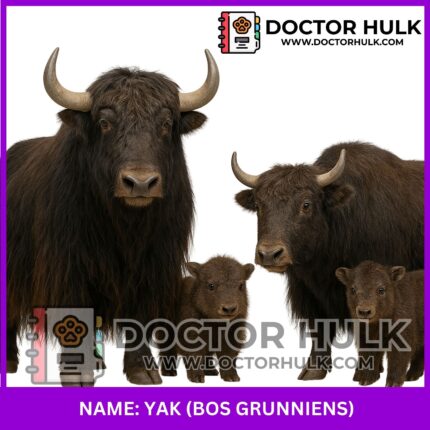


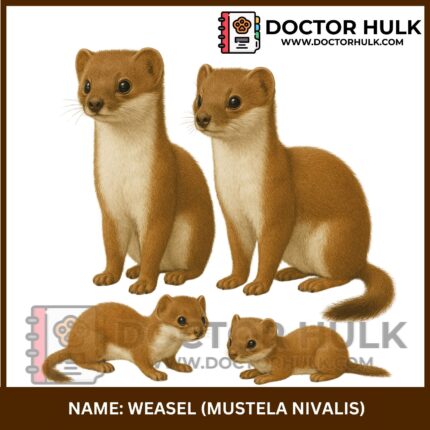

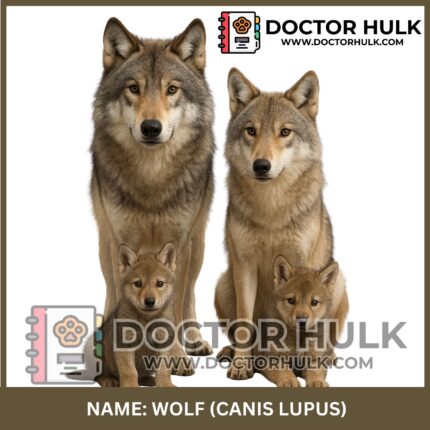

Reviews
There are no reviews yet.